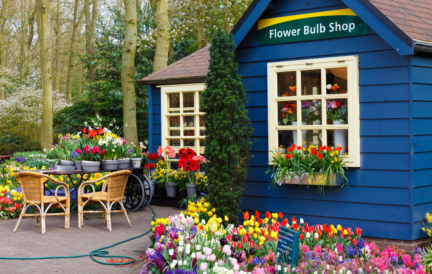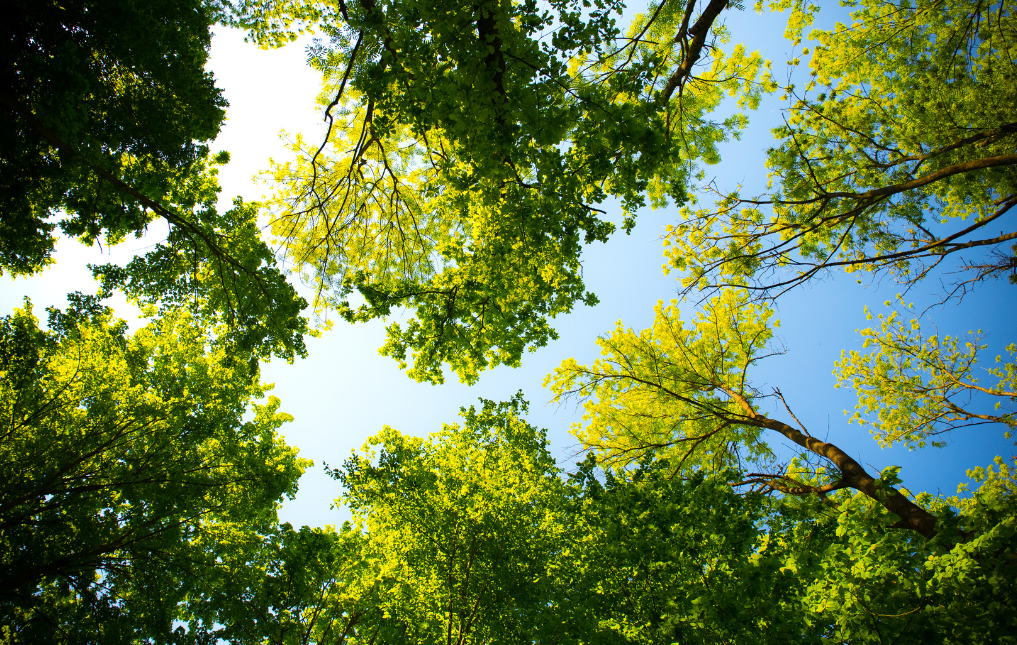There is a romantic element to mature trees. The storybook version of “home” always seems to include a big old oak tree. By growing up with books like “The Giving Tree” we learned the value of nature, apart from its beauty and shade. But is there a measurable value to homes with trees? Or do we just simply like them?
The short answer is yes.
According to Arborist News, “Homes with trees are generally preferred to comparable homes without trees. The trend across studies is a price increase of 7%”.
7% is a significant amount! If you own a $400,000 home that’s an extra $35,000 in your pocket. There are impressive stats to consider:
- Commercial lots with substantial mature tree cover have a price increase of 18%.
- Tree-covered undeveloped acreage has a price increase of 22%.
- Lots bordering suburban wooded preserves have a price increase of 19-35%.
- Open land that is ⅔ wooded has a price increase of 37%.
- Accompanying landscaping can increase home value by 9-12%
5 Major Benefits of planting trees on your property:
7% increased home value is a good enough reason for most people. But you can feel good about planting for more reasons than just money.
- It will reduce your energy bill
In the summer months, shade trees cut your energy use. In the winter, they lose their leaves and allow sunlight to stream into your windows. By carefully positioning your trees you can save 25-35% in energy costs per year. The bigger the trees, the bigger the impact.
- Trees benefit the environment
I’ll bet you already knew this one. Middle school science classes teach trees to produce oxygen and protect against the rise of CO2 emissions. But did you know that an ecosystem with healthy trees also benefits stormwater management, pollutant filtration, and water conservation?
- Increased quality of life
In the book The Experience of Place, author Tony Hiss catalogs the environment of Chicago’s public housing projects. Communities with trees and green space proved to have a stronger sense of community, better relationships with neighbors, and fewer domestic violence incidents.
- Quieter spaces
Trees offer protection from wind, noise, and rain. A study done by North Carolina State University showed that trees can block noise pollution by as much as 40%. This is welcome news for light sleepers. Sound waves are absorbed, deflected, and refracted through sturdy trunks and bark.
Home maintenance considerations for planting trees
There are very few cons to planting trees on your property. But it’s important to note that responsible homeowners should pay attention to their trees.
- Protect your home from falling trees during storms. Healthy trees are surprisingly resilient to weather, but dead trees must be removed immediately.
- Luckily, Madison is not a hospitable environment for termites, but the eastern termite has been found in the area. In the event of tree removal, be sure to remove any stumps, as they are the ideal habitat for woodland pests.
- Trim any branches growing towards power lines.
Which trees should I plant?
It’s easy to become overwhelmed by choices when visiting your local plant nursery. By far the most valuable trees are ones that are native to Wisconsin. Invasive plants are commonly used in landscaping, but they wreak havoc on our local ecosystems.
You can find a comprehensive list of trees native to Wisconsin here.
Native trees thrive in different environments.
North-east slopes:
- Red Oak
- Basswood
- Slippery Elm
- White Ash
- Sugar Maple
Drier south-west facing slopes plant:
- White Oak
- Black Cherry
- Bur Oak
- Black Oak
Lowland and shoreline areas plant:
- Red Maple
- Silver Maple
- Cottonwood
American Elm - Black Willow
- Box Elder
- Hackberry
Can I transfer a mature tree to my property?
Yes! Many homeowners opt for tree transfer over planting since it can take decades for a sapling to reach maturity. Tree transfers are a cheat code for increasing your property value quickly. Although be warned- this process is expensive and puts a lot of stress on the tree. It’s not guaranteed that the tree will survive after the transfer. That being said, there are some ways you can ensure your best chance of success:
- Transplant mature trees either in fall, late winter, or early spring.
- Hire a certified arborist to inspect the tree. They can tell you if the tree is a good candidate for transplant.
Categories

Real Estate Insights
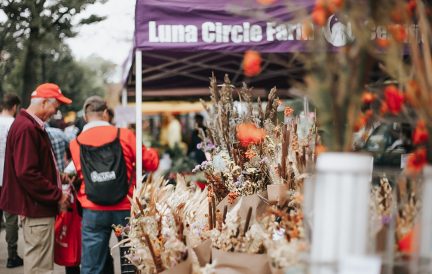
Around Town
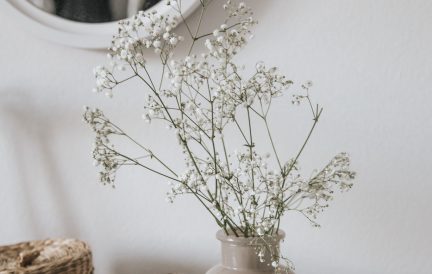
Home Design
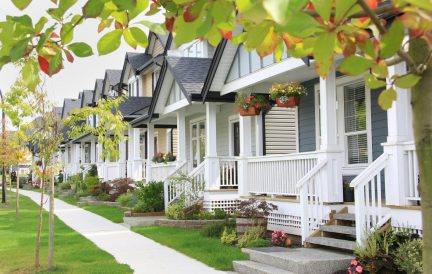
Neighborhood Spotlights

Buying & Selling Tips
Uncategorized
Recent Posts

Embrace the Buzz-Free Zone: Plants that Naturally Keep Bugs Away Outdoors!

7 Outdoor Patio Dining Gems in Madison You Must Experience
